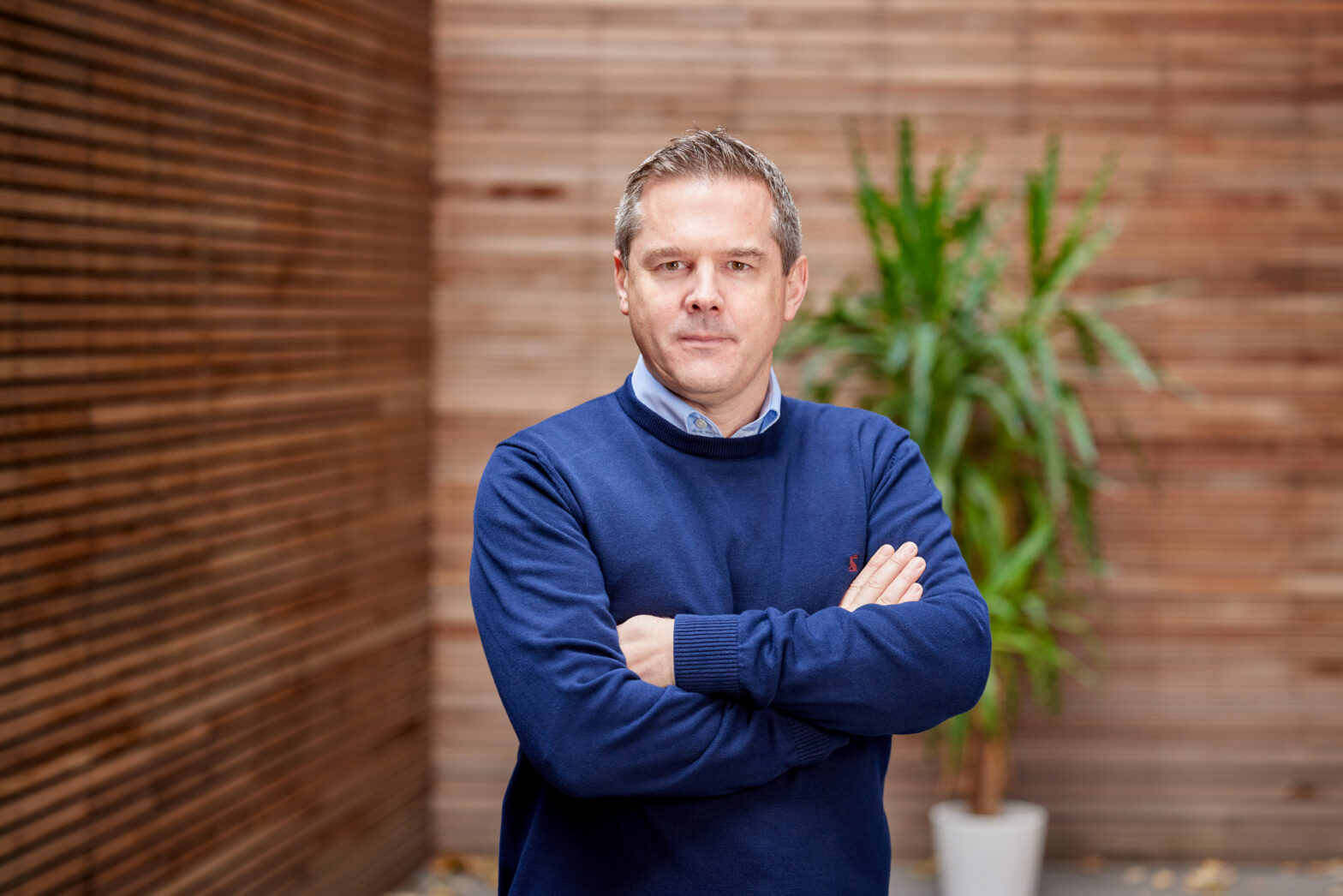I was recently asked to write a chapter for a textbook on private equity (PE) mathematics, covering valuation techniques for venture capital – though a chapter covering psychology and negotiation skills would be more suitable.
Anyone who has viewed an episode of Dragons’ Den will know that when the Dragons decide they are ‘in’, they don’t boot up their spreadsheets to determine their equity stake by analysing cash flows, comparable price-earnings ratios and earnings before interest, tax, depreciation and amortisation (EBITDA) margins. Mathematical techniques don’t get very far in putting a price on whether the team in front of you has the ability to build a successful new business, or will quietly disappear into obscurity. The skills, risks and rewards are fundamentally different in building as opposed to buying businesses and it is important to understand this whether investing in an asset class, defining government policy or negotiating with a VC as an entrepreneur.
Taking a chance
The banks have never been lenders to entrepreneurs with young innovative businesses, with their negative cash flows, unpredictability and limited assets, even during the credit boom. While many entrepreneurs have recently made fortunes buying businesses, there are others that have quietly carried on building new companies, raising cash from customers, friends and family, dragons and angels and occasionally VCs. And they have been successfully selling them for a profit too.
There have been over 120 initial public offerings (IPOs) and trade sales of innovative start-ups in Europe in the last five years, creating $35 billion of shareholder value from $5 billion of invested venture capital, and without using bank leverage.
For now, the cycle for buying companies with leverage is over (unless it’s a distressed business, which I will discuss in another column). We must direct the time, attention and skills of our entrepreneurs back to building businesses. Government policy makers and institutional investors need to identify and focus on this change in order to grow our economy and pension funds; it is within these new businesses that the unemployed will also find jobs.
One of the key differences in building rather than buying is that only a few young businesses grow into hugely successful enterprises. There are many failures and therein develops a perception of increased risk; start-ups are hardly seen as ‘safe as houses’.
Big ambitions
It is this Hollywood blockbuster dynamic that makes understanding how venture capital works difficult. Adams Street, a large US-based fund of funds investor, has suggested US venture industry returns would drop from an estimated 15 per cent internal rate of return (IRR) to ten per cent IRR if just one exit, eBay, was taken out.
Conversely, prior to the credit crunch, most leveraged buy-outs were expected to succeed due to careful financial engineering. Low failure rates were built into funding models, and the PE executives looked to maximise returns in their funds by doing the very best deal they could with the individual seller.
VCs think differently. They expect a business to fail, and are assessing both the potential value if it succeeds and how they might help manage some of the risks to make success more likely. Before profits are totted up, a VC needs to see that when a business does buck the odds and succeed, the investment in that business will return enough to pay for all the salaries, costs and capital lost in their other less successful start-ups. The first $50 million of proceeds from an exit often goes into the start-up community, not the VC’s carry (actual return).
The VC also knows that building a business often requires a longer-term view, and they factor into their expectations the need for further dilutive rounds of financing. VCs also focus on whether, after all of this, there will be enough in it for the entrepreneur to be motivated all the way through to an exit, as a new business is often more dependent upon the entrepreneur than an established one. VCs can afford to think like this because they know from experience that, every now and then, an incredible, new and innovative business emerges and creates enough value for the system to work.
So when negotiating with a VC, it is not cash flows or price-to-earnings ratios or revenue multiples they are thinking about.
In those great instances when all the things that could result in the business failing are overcome, there will be enough reward for a meaningful return for the entrepreneur, as well as enough to cover all the VC’s losses in their other start-ups, and leave them with a profit for their fund investors and a carry for themselves.
And yes, it is a wonderful feeling when you beat the odds and succeed.
Simon Cook is the CEO of venture capital firm DFJ Esprit and has been involved with the UK venture capital industry since 1995. He has been involved with a number of Europe’s most successful technology start-ups. His past successes include Cambridge Silicon Radio, Virata, nCipher and KVS. Previously Simon was a partner with Elderstreet Investments and a director at 3i in Cambridge.






